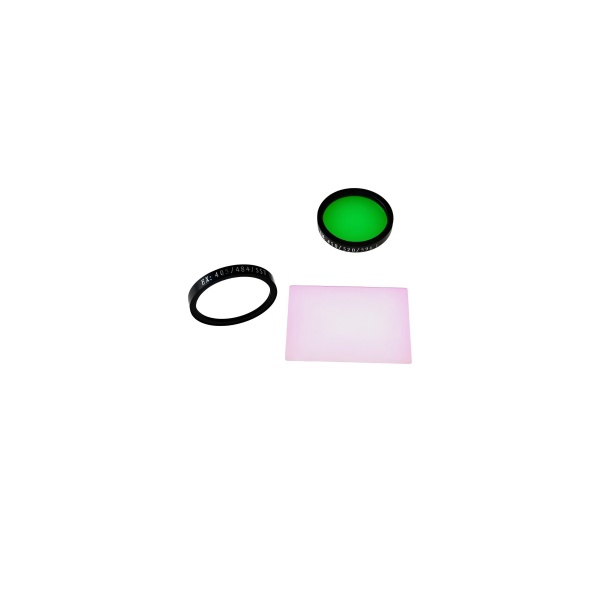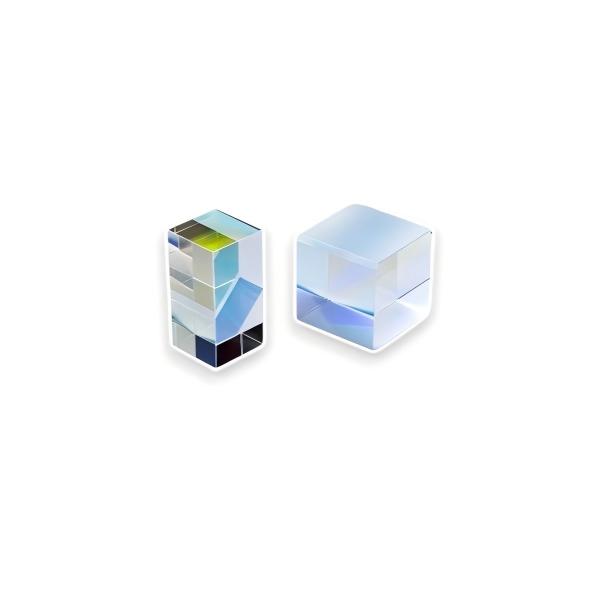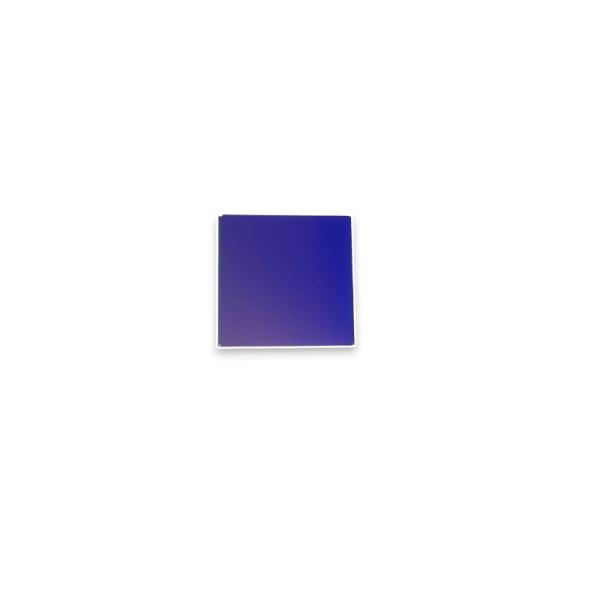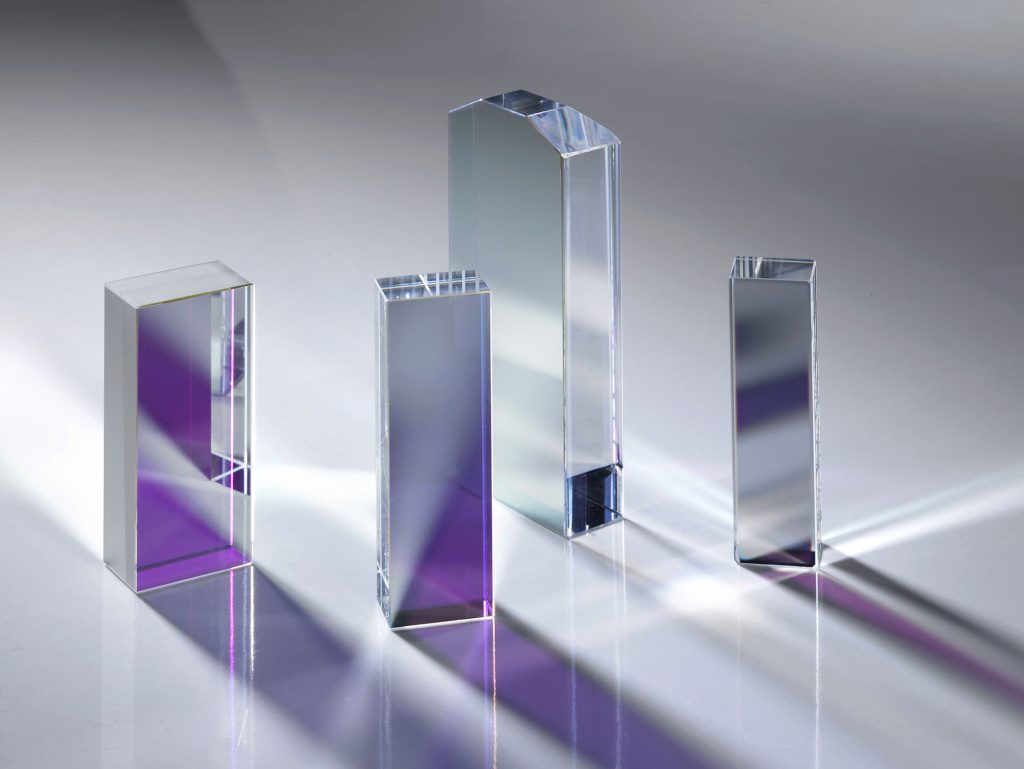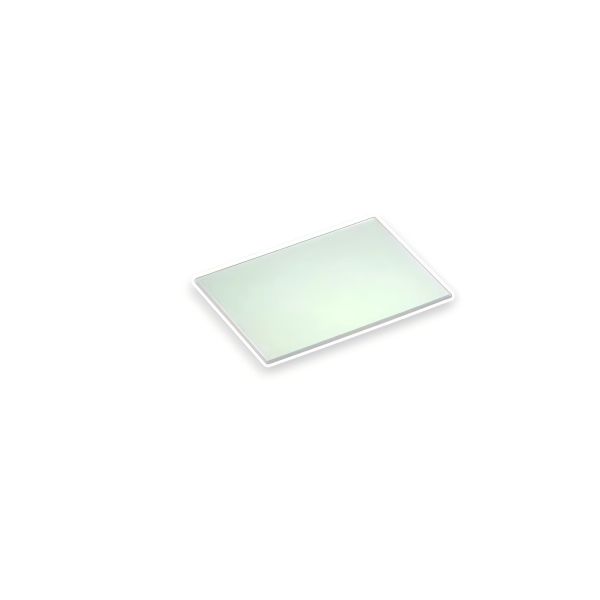

50R/50T VIS Non-polarizing Beamsplitters
50/50 VIS non-polarizing beamsplitters designed for 350–700 nm, equally splits incident light. Coligh manufactures polarizing and non-polarizing beamsplitters
- Non-polarizing design
- Suitable for the 350–700 nm visible spectrum range
- Available in plate or cube configurations
- 45° angle of incidence
Broadband Non-Polarizing Beamsplitter 350–700nm Description
Coligh’s 50/50 VIS Non-polarizing Beamsplitters are typically used at a 45-degree angle. We use K9 as the substrate material, with one surface coated with a beamsplitter coating and the other with an anti-reflection coating, allowing the incident light to be split into reflected and transmitted components.
- These beamsplitters are suitable for the 350–700 nm range, where 50% of the incident light energy is transmitted and 50% is reflected. In addition to visible beamsplitters, we also offer NIR and SWIR beamsplitters.
- This beamsplitter is designed to be non-polarizing, with nearly equal reflection and transmission ratios for both P- and S-polarized light, ensuring stability in system light intensity. The beamsplitter has a front-surface beamsplitter coating and a back-surface anti-reflection coating to reduce interference effects between beams.
- We use high-quality optical glass K9 as the substrate for our beamsplitters. Various structural options are available, including plate and cube types.
50/50 VIS Non-polarizing Beamsplitters Technical Datasheet
| Parameter | Specification |
| Wavelength Range | 350–700 nm |
| Reflection / Transmission Ratio | 50% / 50% ± 5% |
| Angle of Incidence (AOI) | 45° ± 1° |
| Substrate Material | K9 |
| Surface Quality | 60-40 40-20 scratch-dig (per MIL-PRF-13830B) |
| Surface Flatness | < λ/2 @633nm |
| Parallelism | < 1 arc minute |
| Clear Aperture | > 90% of central dimension |
| Available Configurations | Plate or Cube |
| Coating Type | Dielectric multilayer non-polarizing beamsplitter coating |
| Other Available Wavelength Bands | 700-1100nm, 900-1700nm |
| Additional Splitting Ratio Options | 20R/80T, 30R/70T, 40R/60T, 60R/40T, 70R/30T, 80R/20T |
| Size Available | 12*17, 25*36, 50*72 or custom |
| Thickness | 3mm or custom |
50/50 VIS Non-polarizing Beamsplitters Applications
- Beam Sharing for Detection
When signals from the same target need to be simultaneously directed to two different detectors, the light intensity distributed to each detector is often unpredictable and unstable, making reliable comparison or joint analysis impossible. By placing a beamsplitter in the imaging or detection path, 50% of the reflected light is directed to Detector A, and 50% of the transmitted light is directed to Detector B, ensuring both detectors receive the same target signal at the same time with a constant intensity ratio.
- Laser Power Sampling & Monitoring
When it is necessary to monitor the power of a laser beam non-destructively without affecting the main optical path, the laser is usually linearly polarized, but its polarization direction may slightly rotate due to optical adjustments, thermal effects, or mechanical vibrations. Inserting a beamsplitter into the laser path ensures that the sampling ratio remains stable regardless of minor polarization changes, providing a true reflection of the absolute power and relative fluctuations of the main beam.
- Light Path Folding in Display
In compact projection engines or backlight modules, it is necessary to efficiently guide, fold, or combine light from different sources or imaging paths to save space and simplify the structure. Two beams enter the same surface of the beamsplitter from different angles. Most of Beam A is transmitted, while most of Beam B is reflected, and the two beams are combined and output in the same direction. This enables complex optical path folding and combination, significantly reducing the size of the optical engine.

